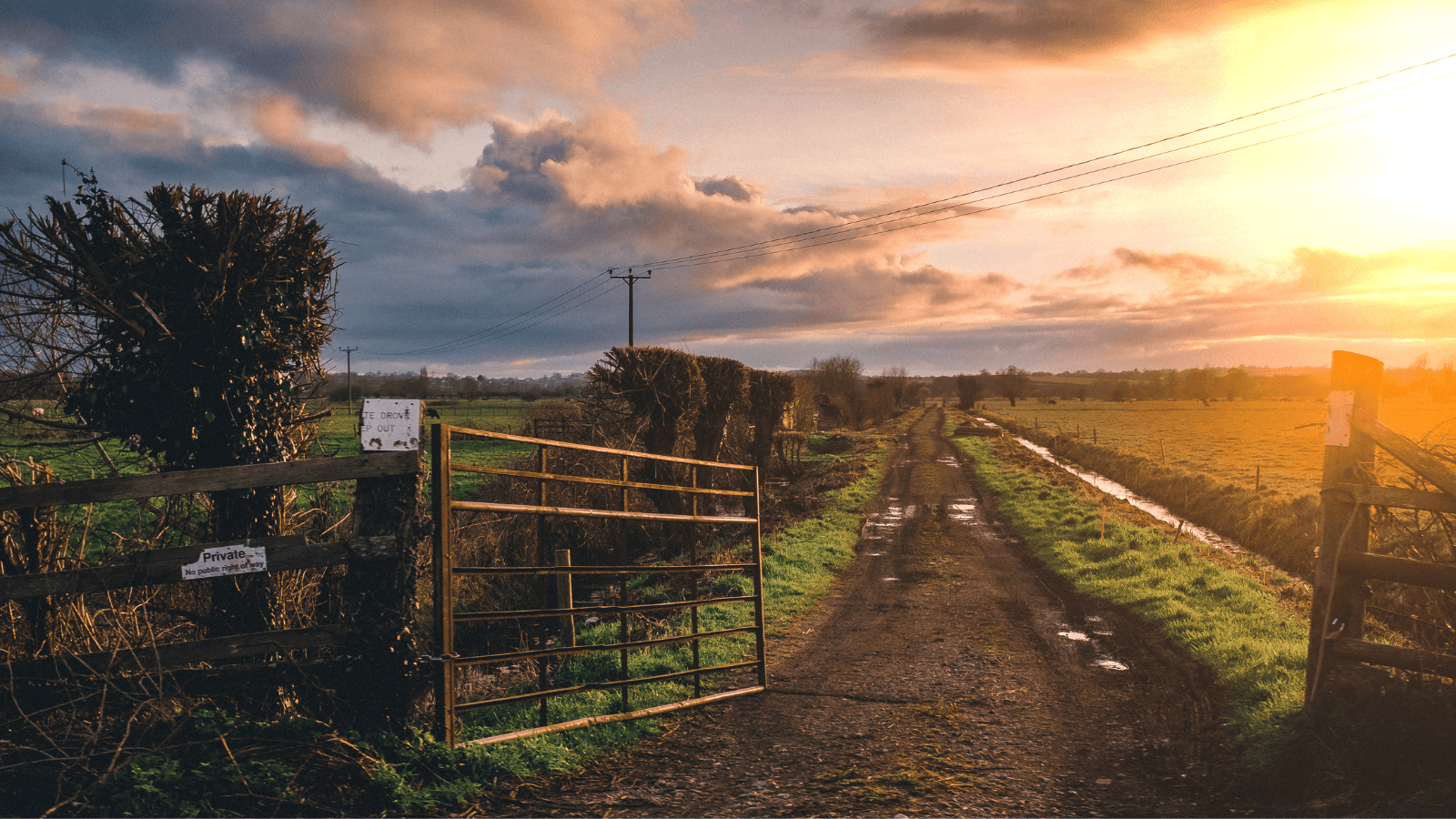
Question from EEN Social Media:
“I’ve read that no-till farming relies more heavily on herbicides than traditional tillage. What are the environmental pros and cons of tilling versus no-till for farming a crop such as corn?”
Answer from Shawn and Becky Feikema of Feikema Farms in Luverne, MN:
Thank you for your interest in farming and specifically the concept of herbicide use in conventional tillage versus no till for crop production. The benefits of no till or strip till (where only a small strip of soil is minimally tilled) are many and well known: erosion prevention, increased water infiltration, higher organic matter, better soil structure, and increased soil biodiversity to name a few.
Weed control is an issue in any type of agriculture system. In a conventional tillage system, soil is tilled for weed control, often multiple times, usually in addition to herbicide use. The bare, disturbed soil often exposes more weed seeds and has less competition for germination. Weeds must be controlled to some degree for the desired crop to grow properly and yield acceptably well.
In a no-till system, the residue from the previous crop is left on the surface, acting as a mulch to prevent weed germination. Often, a cover crop is used, providing more mulch and shade, further inhibiting weed germination and growth. Yes, herbicides are often used in a no till system as well. A system of soil management including no or minimum tillage, cover crops, crop rotations, effective nutrient management and herbicide use when necessary is the best option for optimum yields to feed the world. This type of system is still developing as new techniques are tried and implemented. When switching to a no-till system, sometimes there are trade-offs, and sometimes that includes additional herbicide use to control weeds instead of tillage–basically gaining the benefits of reduced erosion and other improved soil qualities in exchange for additional herbicide use. Better soil health will keep the soil from eroding and thus the herbicide will remain where it is effective and also filtered, not transported by wind and/or water as in a conventional tillage system.
The decisions we make as farmers are complex and imperfect. We are living in a world affected by sin and in our efforts to “subdue the earth” (Gen 1:28), weeds are unfortunately a fact of life. Most farmers, however, have a goal of reducing both tillage and herbicide use as much as the conditions allow and is practical. Tillage and herbicides cost money, and reducing both is usually economically and environmentally beneficial.
The most promising technology that is available right now for weed control and the reduction of herbicide use is the mounting of cameras on a sprayer boom that can identify and distinguish between a corn plant and a weed and spray only the weed. This technology has been shown to reduce herbicide use by 50-75%.






